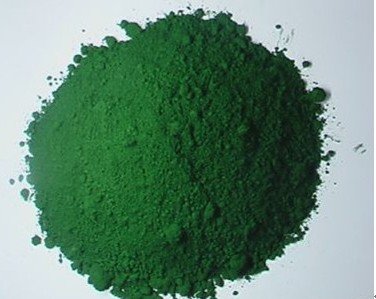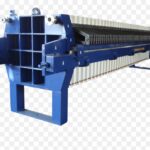Pigment Green 7 (PG7) is an organic pigment used in plastics to make them more vibrant and bright. The first use of PG7 was in Nazi Germany, where the dye was added to the jackets of soldiers during World War II. It’s also one of the most stable pigments on the market, so you won’t have to worry about it fading or discolouring over time as other organic pigments can.
Green Pigment Property: Phthalocyanine Green (Pg)
Phthalocyanine Green is a synthetic blue-green pigment that was first developed in the 1930s. It is frequently used in printing inks, plastics, and paints. PG has excellent colourfastness to light, heat, and chemicals. It is also transparent when used in thin layers. Some pigment manufacturers add small amounts of cadmium sulfide to produce a range of greens with different shades and hues.
Most artists use PG for painting because it does not fade or alter colors under light exposure. If a brighter hue is desired, zinc oxide may be added. The artist can also mix PG with other synthetic blues such as Dioxazine Purple, Cobalt Blue, Manganese Blue and Cerulean Blue to create variations of teal, turquoise, aqua or cyan. By mixing it with Cadmium Yellow Pale or Cadmium Yellow Medium, one can get olive tones. When mixed with Titanium White, it produces olive tones as well as tints ranging from grayish green through yellowish brown to deep red-brown.
Green Pigment Property: Chromium Oxide Green (Cro)
CRO is a very popular plastic pigments used in a variety of applications. It is valued for its high color strength, its transparency, and its relatively low price. CrO is made by pigment manufacturers in Gujarat using chromium oxide and zinc oxide. The first step to making this pigment is melting chromium ore with sand at 1500 degrees Celsius to produce molten liquid chrome.
The molten chrome undergoes several refining steps to remove unwanted materials before it becomes usable as an ingredient in other products such as paint or plastic. After being refined, the molten chrome is mixed with more sand to create a slurry. In addition to chromium oxide and zinc oxide, cobalt (for blue colors) may be added during this process. The slurry is then dried into cake form and crushed into powder.
Green Pigment Property: Viridian (Vg)
Cobalt Violet is a green pigment that is made by combining cobalt and manganese. It is used in paints, inks, and as a colorant for plastics. This pigment has high colorfastness and lightfastness. It is also heat resistant and does not fade easily. Cobalt Violet is not toxic and is safe to use in products that will be used by humans. The cost is higher than other types of pigments because it requires more time and energy to produce this pigment. Another name for Viridian is Prussian Blue or Berlin Green.
It was first discovered in 1806 when people were looking for an alternative to copper arsenite, which was becoming increasingly expensive. Viridian can be mixed with different colors such as yellows, oranges, reds, browns, black, etc. It is important to note that Viridian can only be found in tube form and cannot be found in jars.
Green Pigment Property: Cobalt Violet (Cv)
Cobalt Violet is a green pigment that is made by combining cobalt and manganese. This pigment is insoluble in water and has a high tinting strength. It is transparent when used in oil paints and can appear bluish-green when used in watercolors. Cobalt Violet is lightfast and non-toxic. However, it may cause skin irritation or eczema if it gets on your skin. The pigment manufacturers in Gujarat sell this pigment at an affordable price. They say that the price varies depending on how finely ground it is.
The finer the powder, the more expensive it will be because less material is required to produce a certain amount of paint. If you want to use this pigment in acrylics then you need to add any kind of liquid binding agent like gum arabic or casein (an animal protein) before using them as paint mediums with acrylics because they don’t dissolve well enough for that medium alone. They can also be mixed with other colors to create different shades.
Green Pigment Property: Lithol Rubine Bordeaux (Lrv)
Lithol Rubine Bordeaux (LRV) is a green pigment made by pigment manufacturers in Gujarat. It is non-toxic, lightfast, and has good covering power. LRV also has high tinting strength and is resistant to fading. This pigment is often used in paints, inks, and plastics. The pigment’s manufacturing process begins with the extraction of a natural mineral called borax from quarries near Rajkot, India. The borax undergoes an intense grinding process which creates a powder called crude borax. Crude borax then undergoes washing and drying before being ground into an extremely fine powder which is called final borax. The final borax becomes litho rubine Bordeaux when it is mixed with dye material made from coal tar or synthetics like cobalt chloride or zinc oxide.
Read about Digital Marketing



